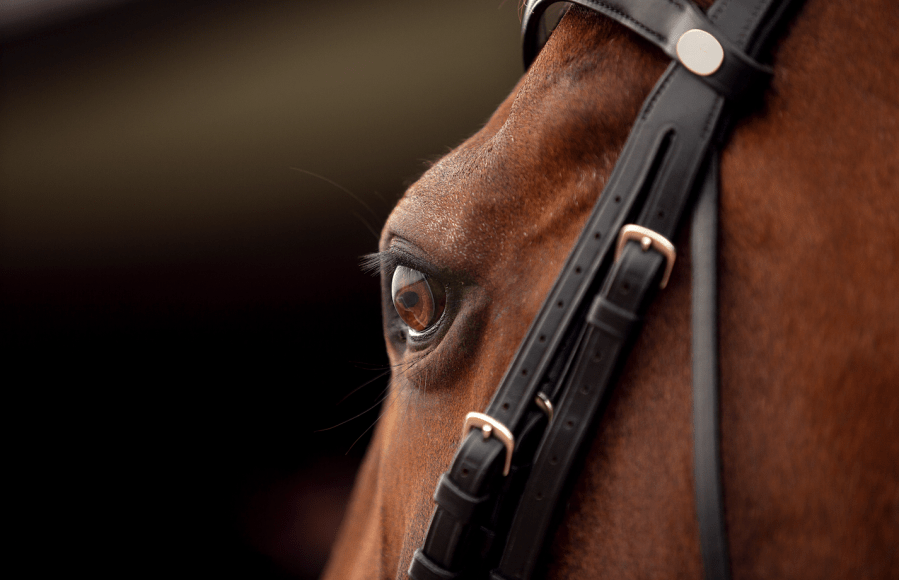Checking our equines for signs of pain or discomfort is an important part of daily horse care, but are we as successful at reading our horses’ signals as we think?
A new study has examined the effectiveness of humans in recognising pain in horses by looking at their faces, and it has found we may be less proficient at doing so than previously thought.
Scientists at Bournemouth University (BU) conducted a study where a group of people, some with experience of horses and others with none were shown pictures of humans’ and horses’ faces and asked if they could tell whether the horse or human was in pain or not.
Their responses were compared with those of 10 equine behaviour experts.
Overall, the accuracy of pain recognition was higher for those studying human faces than horse faces, but participants with equestrian experience were more accurate at pain recognition in horse faces, with the accuracy increasing with the more experience they had.
“Humans depend on horses as work animals and are used in leisure and sport across the world, but the extent to which we can recognise pain in horses has never been studied,” said Nicola J. Gregory, Principal Academic in Psychology who led the study.
“We showed that people are generally very poor at seeing pain in horses, but people who have a lot of horse experience were a great deal better at recognising these subtle signs of pain.”
The study involving a team of psychologists from BU, Anglia Ruskin University and Sao Pauo University looked at how experiences of social anxiety influenced people’s ability to see pain in horses and human faces.
“We weren’t surprised that pain was easier to recognise in human faces, as we are exposed to these much more than animals, but a very interesting finding was that people who were more socially anxious were more accurate at recognising pain in the human faces but also saw more pain in the horses faces even when it wasn’t there,” added Nicola.
It is hoped that the findings will help build up a picture of which factors are important in recognising emotions in horses so that better support can be given to owners to help them notice changes which might indicate pain.
Lead image by Shutterstock







